Leak testing is critical to manufacturing quality assurance practices and functionality testing for a broad range of pressurized equipment. While there are many leak detection methods, helium vacuum tests offer superior sensitivity and accuracy for identifying common leaks and micro-leaks.
Why Use Helium Leak Testing Equipment?
Helium leak testing equipment offers a means to detect leaks and verify leak-tightness in vacuum conditions. Technicians often employ helium as a test gas because this small and light molecule provides a wide detection range in vacuum tests between 102 and 1013 Pa · m3/s. Helium leak testing and detection equipment offer precise quantitative and repeatable results with fast cycle times. The inert, non-flammable nature of helium also contributes to its popularity in leak testing.
Manual sniffing or spraying offers one of the simplest ways to find leaks, though this process can be time-consuming. Automatic leak detection solutions facilitate a much higher-detection speed with minimal operator input. Helium leak detectors obtain extra data that traditional leak detection methods like bubble testing or pressure drop will not.
Ultimately, helium leak testing offers the best chance of successfully detecting every leak, improving the efficacy of quality assurance and functionality testing processes.

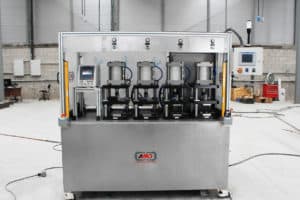
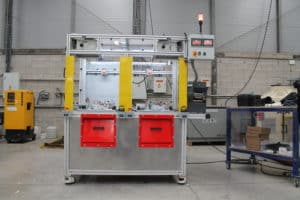
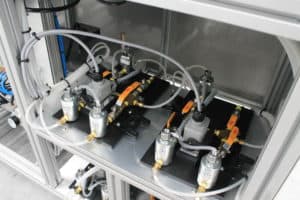
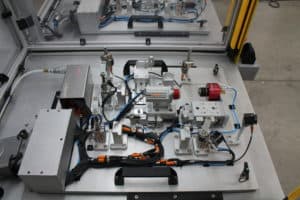
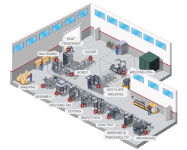
2 Comments
helium
I’m amazed, I have to admit. Seldom do I come across a blog that’s equally educative
and amusing, and without a doubt, you’ve hit the nail on the
head. I’m very happy I found this during my hunt
for something concerning this.
Tech
Thanks for the article. The Information on the ins and outs of helium leak testing equipment is truly helpful.